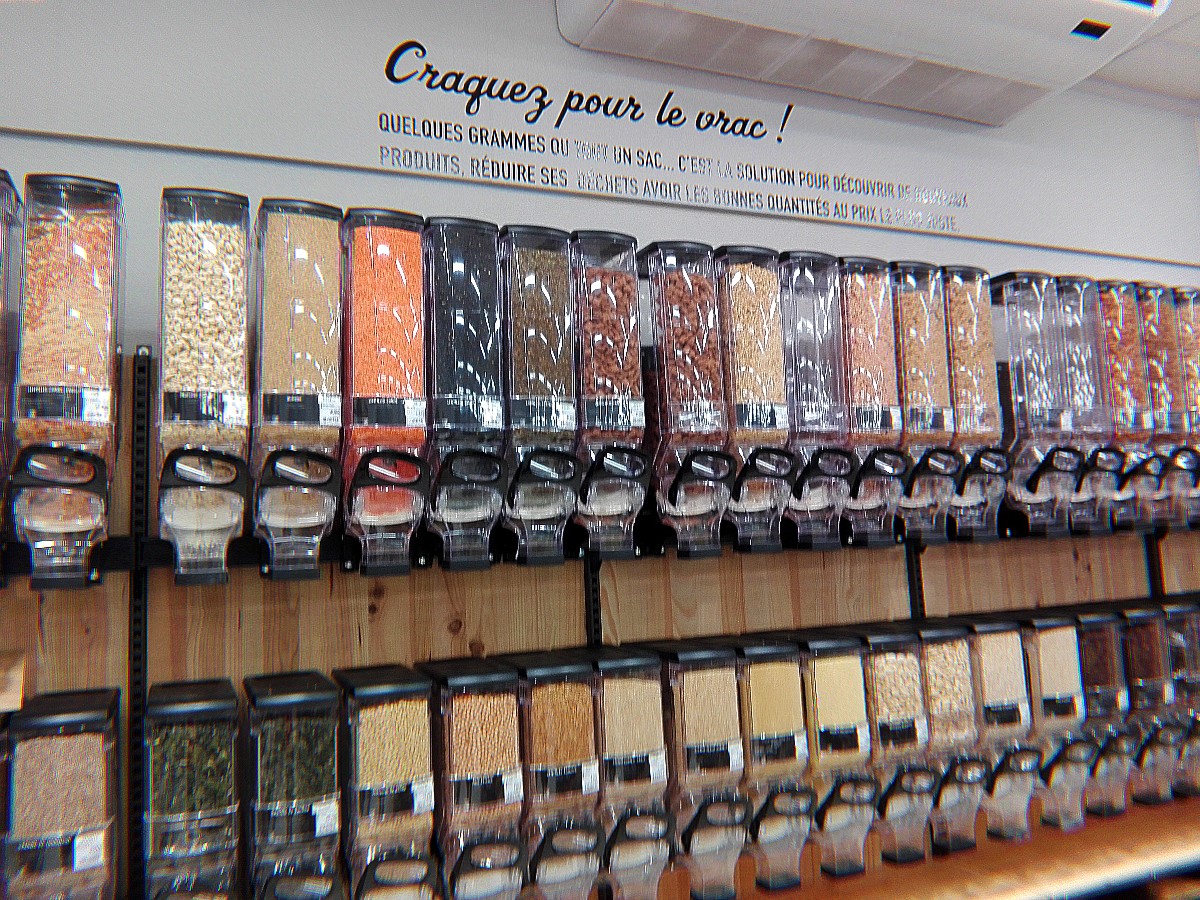
How to eat healthily and in an eco-friendly way
Eating in a healthy, sustainable and responsible way for the environment is not as difficult as it seems. But there is so much information it is easy to feel lost.
Health is our priority, whether we are talking about our own or the planet’s, at World Travel Able and Planeta Sana, we want to help you make the best decisions for your well-being and for the protection of the Earth.
I have read a lot about the best ways to eat in an eco-friendly way, and I recently received a very interesting magazine about it from the OCU (Organisation of Consumers and Users in Spain, who is a member of the TACD, the Transatlantic Consumer Dialogue association in the US, the Consumers International and the Euroconsumers here in Europe).
I really liked their analysis, because with everything I have read and seen on this topic, I think it summarises the situation really well, which is why I want to share it with my readers.
With the Coronavirus crisis, we are realizing that one of the problems facing societies is our dependence on imported food, resulting from a globalisation-based model of economy. In the future, local economies will therefore play an increasingly important role and grow.
However, it is important to remember that there are no simple or magic recipes for eating in a more sustainable and eco-friendly way. As I often say, it is mostly a question of balance and common sense.
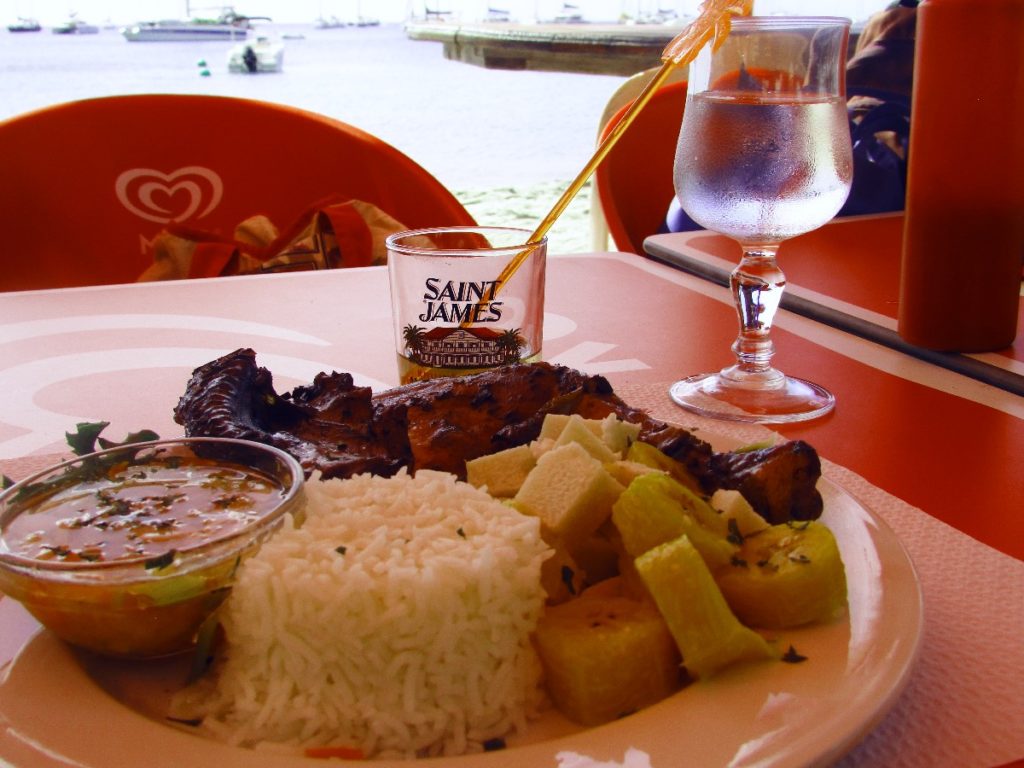
There are several factors to take into consideration in order to eat in a healthy and eco-friendly, sustainable way:
- The origin (where the product comes from)
- The greenhouse gases emitted during production and transportation
- Mode of transportation
- The resources needed for production (such as water)
- The climate of the region where we are
- The chemicals used
- Food waste
Do we have to eat organic to be healthy and eco-friendly?
The good thing about organic farming is that it usually respects the notion of biodiversity, which is vital for the well-being of our land.
Moreover, the avoidance of chemicals is a very positive factor, as we know how harmful they can be to our soil, our water systems and ultimately (as usual!) our health…
But it is interesting to know that there are crops that can be grown conventionally, i.e. in rotation, and in a way that is respectful of biodiversity. Indeed, organic farming has the disadvantage of needing more space, so actually crop rotation can in some cases be as sustainable as organic farming.
Be careful though, because in the case of some foods, eating organic is not just an eco-friendly gesture, it is necessary to be healthy!
Do you have to become vegan to eat in an eco-friendly way?
If you follow me on my Facebook page, you will see that I have already answered this question.
We know for a fact that we eat far too much meat and that reducing its consumption is extremely important if we want to be eco-friendly. We also know there are different types of meats. So, let’s not lump everything together: eating chicken is much less polluting than eating beef.
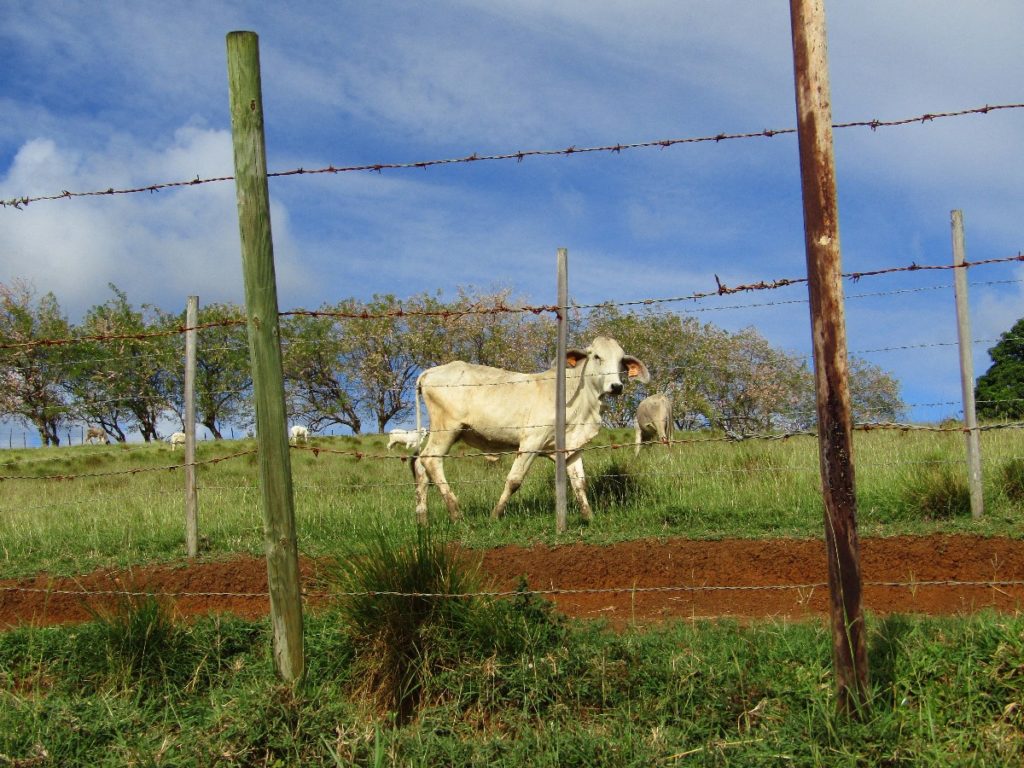
But above all we must look at the living conditions of livestock: how these animals are treated and raised as well as their lifespan.
The most harmful of all is intensive farming. Not only are animals treated cruelly, they are also forcibly given antibiotics, because the living conditions and proximity of the animals increase the risk of disease. It is also water-intensive and causes pollution.
Livestock that is allowed to graze, on the other hand, is often good for the environment because the animals produce natural fertilizer and keep the fields tidy where otherwise they might be left unattended, with the consequences that go with it…
Water use in responsible food production
It’s not just raising animals that demands too much water.
There are other factors to consider.
You have to wonder where products come from and how they were grown, if you truly want to eat in an eco-friendly way.
Planting avocados in olive fields or drought-stricken areas is just as problematic…
Seasonal products:
This is very important. We have to learn how to go back to eating produce that is in season, whether that be fish, fruits or vegetables.
Here is why:
- The nutritional value is higher
- The price is more affordable
- Fewer resources are needed for their cultivation.
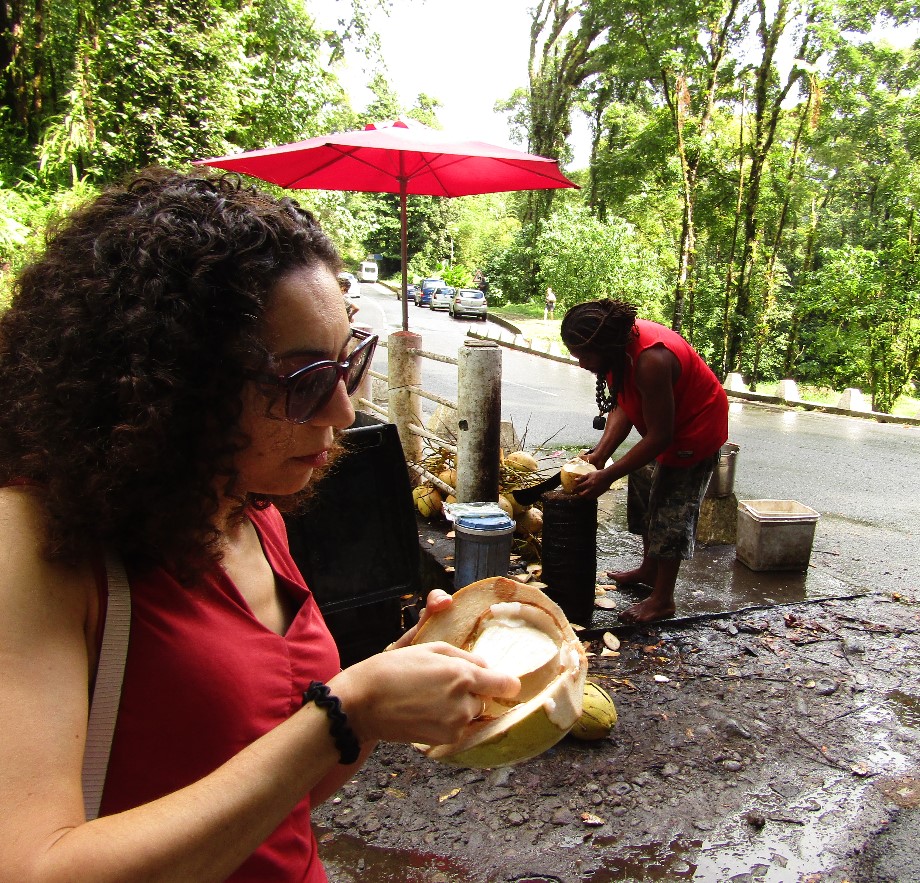
This article of Backyard Boss also explains the reasons to eat in season and provides you with a calendar to know which fruits and veggies to eat in which season.
We also need to stop bringing produce from the other side of the world, because this keeps the carbon footprint high; stop growing crops that have a high need for natural resources like water; and, finally, avoid the use of electricity-intensive greenhouses.
I actually talked a lot about these topics in my article about my new year’s resolutions for my well-being!
Use of transport
Eating local is ideal, of course, as it avoids disastrous carbon footprints, as mentioned earlier.
But did you know that if you buy a locally grown produce that is not normally from your area, its energy requirements may be greater than those of imported produce, especially if imported by sea?
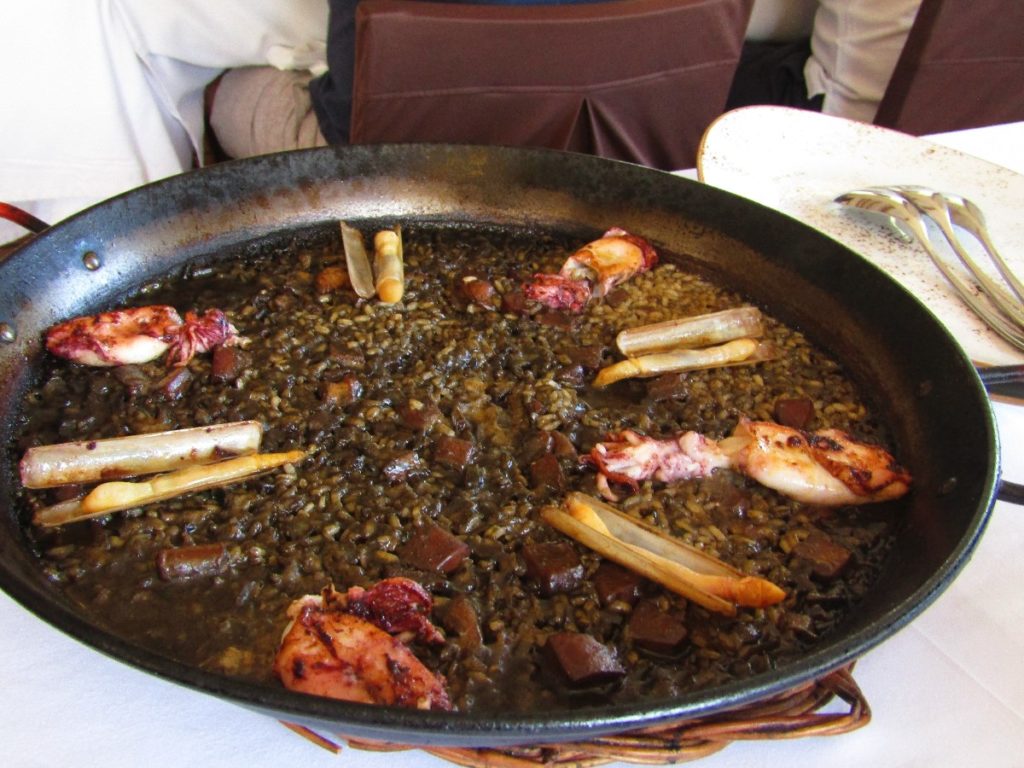
Hard to believe, I know, but I’ve heard this argument very often! However, we are talking about specific products here. The easiest way is to eat produce that already exists locally, and is in season. At least like this we are sure to make the right and “eco-friendly” choice.
Processed products
You may not realise this, but processed food requires a lot of energy to produce … It all needs to be prepared, heated, cooled, stored, packaged, transported…
Besides, very often they contain ingredients we may not want to consume, like preservatives. And they are sometimes very high in fats, sugar and salt.
In short, if you want a sustainable and healthy diet, it is better to buy basic whole foods that we can transform ourselves in our kitchens!
Buying local: a pillar for healthy and eco-friendly eating!
Yes, it is most certainly a good solution. Not only to minimise carbon emissions from transport, but also to help support local businesses and farmers. Buying local does not mean buying national, but rather from within a radius of 200 to 300 km.
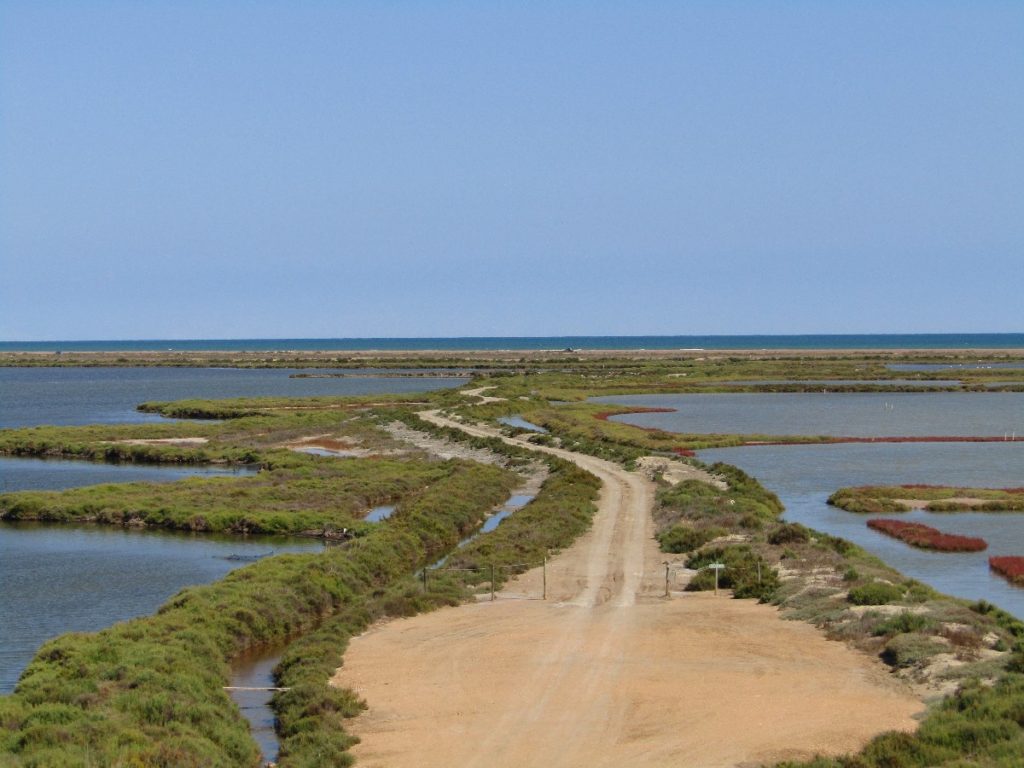
However, we have to be careful. If we buy food produced locally but in conditions that are not respectful of the environment, it no longer makes sense…
Which store should I choose to buy food?
I am in favor of stores that sell in bulk. Firstly, it avoids pollution from packaging paper, cardboard or worse, plastics … It also avoids one of the most important sources of pollution: food waste!
I also recommend that you read the labels carefully. Do not hesitate to ask sellers for information. And if bulk shops are not an option, try to buy in local markets rather than supermarkets.
I hope this article has helped you to see more clearly.
Do not hesitate to share it on social media and tell us your own thoughts on this topic in the comments below!
Bon appétit!
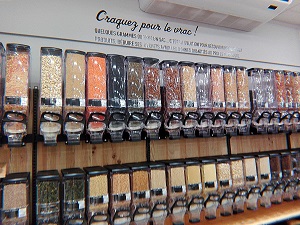
You May Also Like

Everything you need to know about hypopressive training
April 5, 2020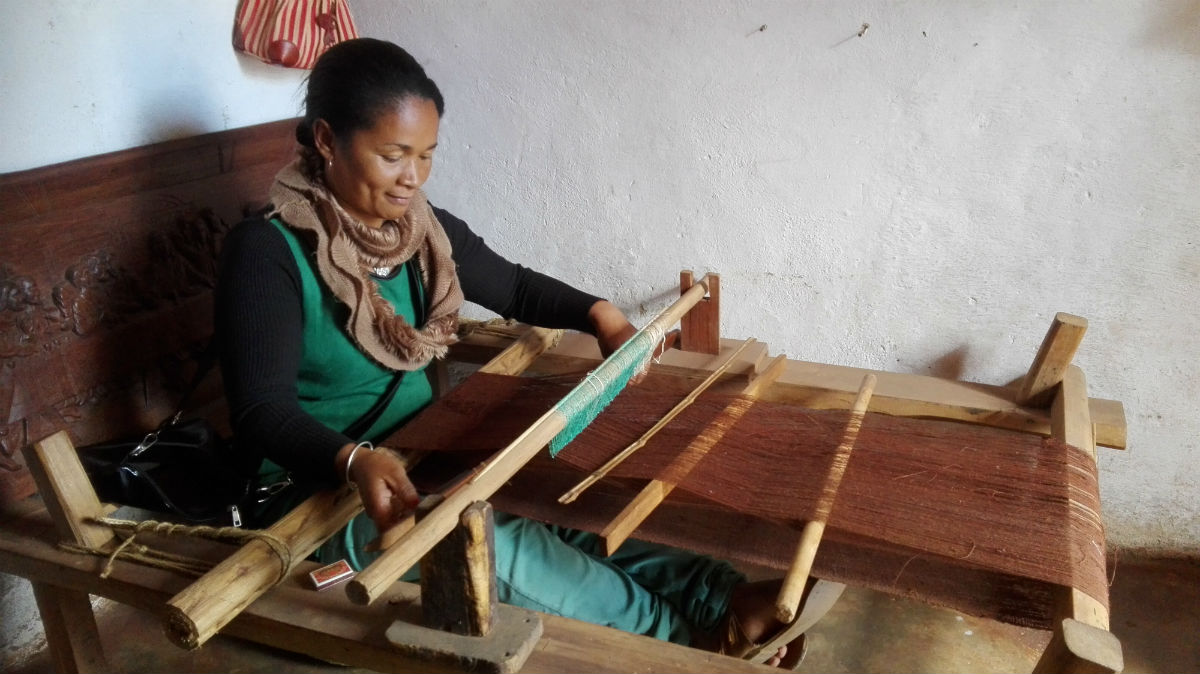
New year’s resolutions: inspiration for a healthy body and mind
January 26, 2020

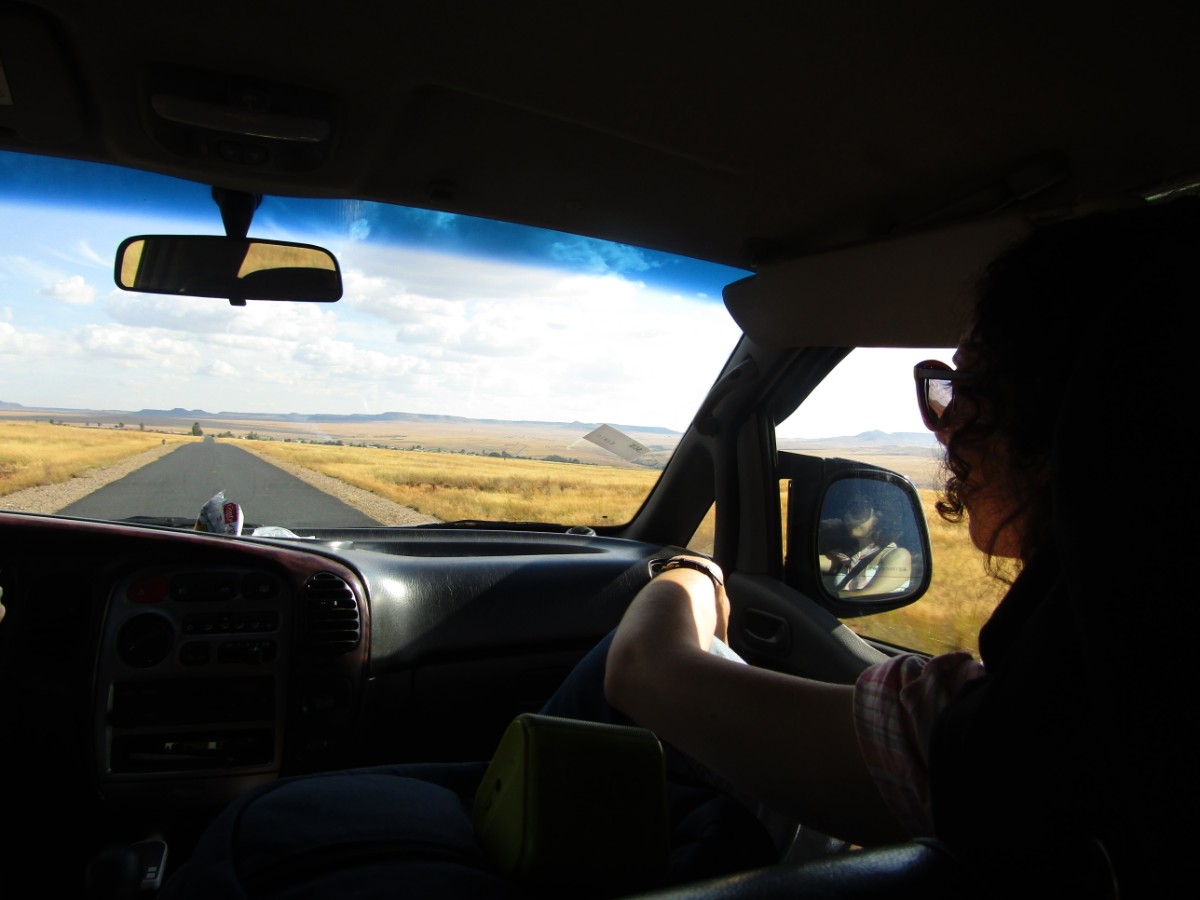
One Comment
Pingback: